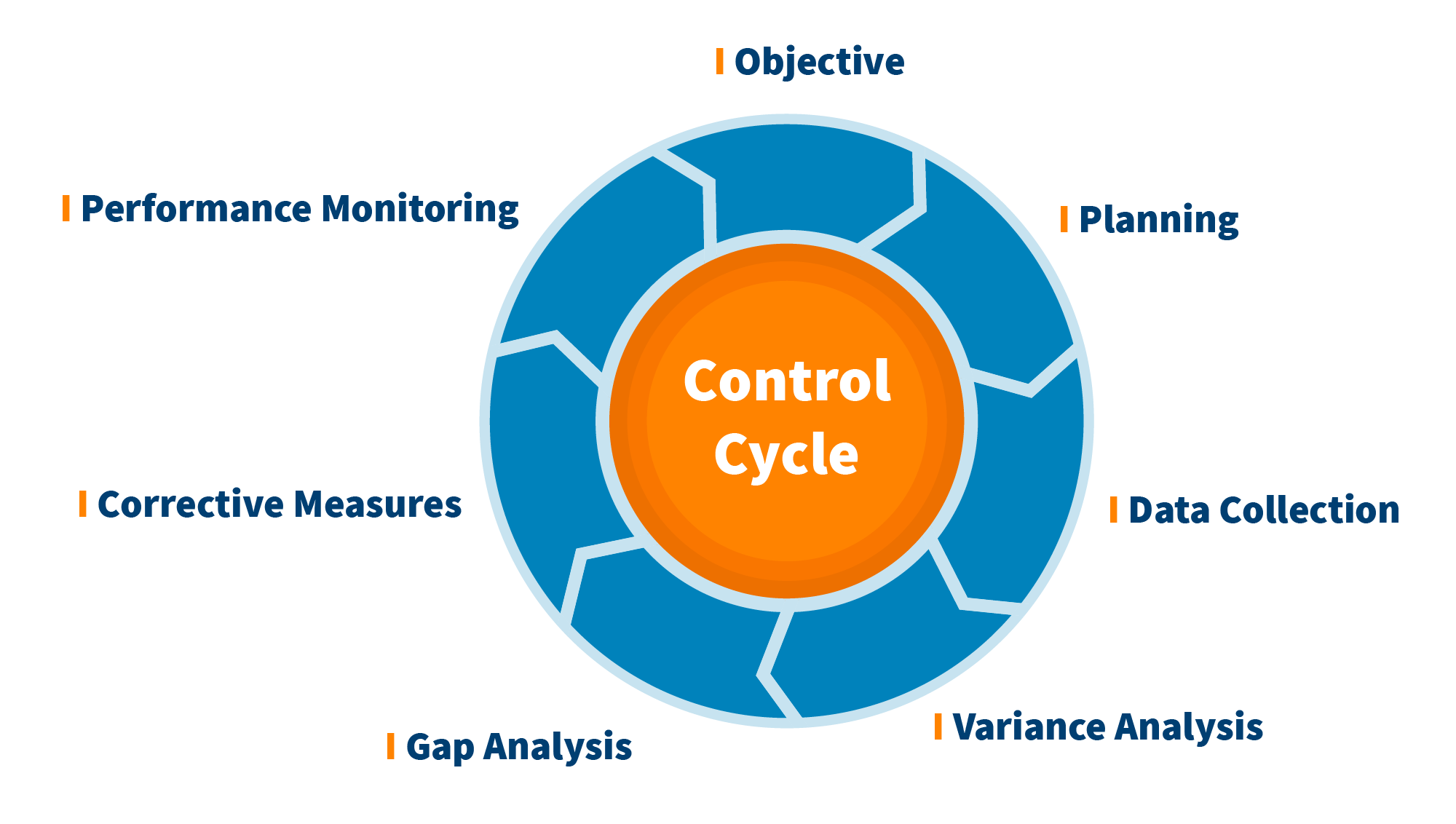
Serviceware's Project Performance Management software helps companies manage project portfolios efficiently, ensuring projects are aligned with strategic goals and executed within budget. It provides visibility into project status, costs, and resources, enabling informed decision-making and successful project outcomes.
Vendor
Serviceware
Company Website


Project controlling and project portfolio management
Whenever you make an investment you take a risk. Does your business invest in the right projects? And are these projects going well? Do you manage your project portfolio in such a way that you can reduce costs or increase revenues in the long term? Project performance management is a subset of corporate performance management. Companies basically use it to answer two questions:
- Are we doing the right projects? = Project portfolio management and project scoring for effective project management
- Are we doing the projects right? = Project planning and project controlling for efficient project management
What is project controlling? What is the project control cycle and what are the relevant performance indicators?
The goal of project controlling is to ensure that the project goals are achieved. For this, the project control cycle continuously:
- Collects data on the project
- Compares actuals with targets
- Analyzes deviations
- Designs, simulates and schedules potential corrective measures
- And updates the project's forecast The control cycle is a familiar feature of corporate performance management (CPM) but differs with regard to the time horizon and contents. While the focus of CPM is on finances, the project context requires you to keep an eye on project status and deadlines. It is the job of the project manager to ensure reporting and forecasting. Project controlling is the part of project performance management that primarily focuses on finances. Similar to cost center accounting, project cost planning revolves around money:
- How much have we budgeted to spend on the project? Internal and external personnel costs, travel expenses, cost of materials, etc.
- How much have we spent so far?
- How much more do we expect to spend to complete the project (estimate at completion)? For this, the actual budget is compared both with the target budget and the project goals during the course of the project. In an broader sense, status reporting in project controlling therefore also includes key performance indicators (KPIs) such as
- Achieving project goals
- Degree of completion
- Achieved milestones
- Meeting deadlines, etc. In most project organizations, the project managers are responsible for these operational project KPIs. As they often have a technical R&D or IT background, they have a counterpart in controlling who looks after the monetary aspects. Project scoring reveals further important KPIs for project controlling. The best project controlling software does not only track all these measures and perspectives for one single project, but also provides executives with visibility across all projects at the push of a button. Therefore, it is quite common in project controlling to talk about "projects" management in the plural or multi-project management.
What is project portfolio management?
The complete collection of all ongoing projects of a company is called the project portfolio. Every project ties up resources. And while they are tied up, these resources cannot be invested in other projects. Portfolio management is the active management of the project portfolio with the goal to identify the most attractive course of action. Which projects shall we start, stop or put on hold?
Simulating and forecasting multiple if-then scenarios
Portfolio analysis provides the relevant facts as a basis for decision-making. You can simulate potential portfolios including all their project candidates and analyze their impact on future earnings, resource and investments requirements. Resource management looks at the available human resources and how they can be best allocated to the various projects in view of headcount and skills. Capacity management, on the other hand, looks at the future. Its goal is to build up the capacity in the teams that is needed long-term to invest in opportunity projects and to meet strategic innovation objectives.